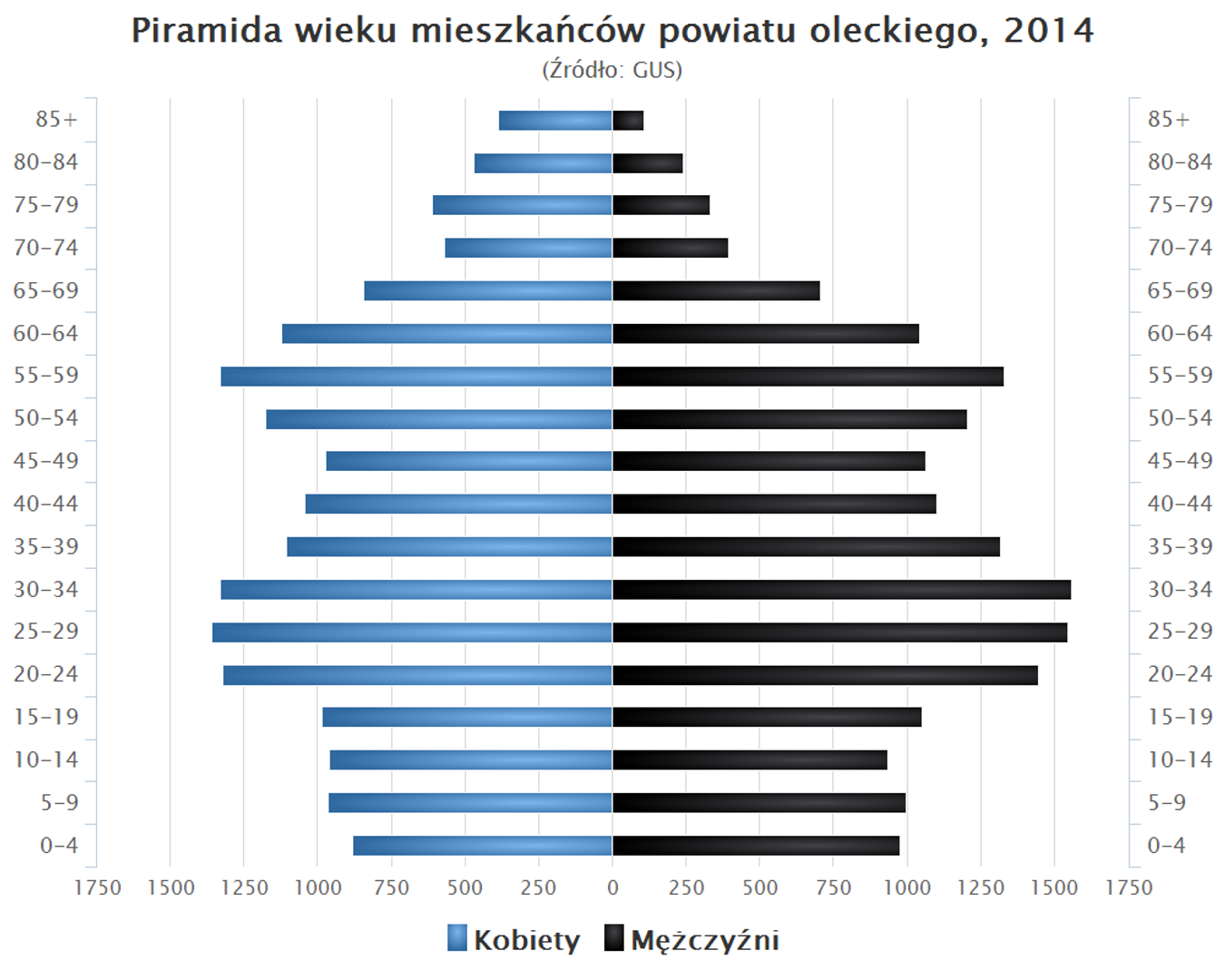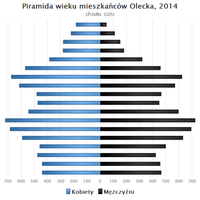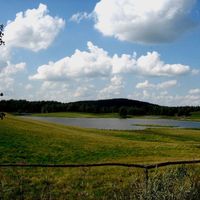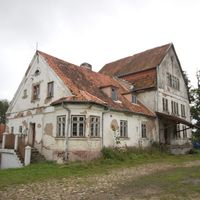Olecko County
6.96

Overview
Olecko County, located in the northeastern part of the Warmian-Masurian Voivodeship, was established in 2002 following the division of the former Olecko-Gołdap County, with its seat in the town of Olecko. The region borders Gołdap, Giżycko, and Ełk counties, as well as Suwałki County in the Podlaskie Voivodeship. The county features a diverse landscape, including dead-ice moraines, frontal moraine hills, and outwash plains. The local economy is primarily based on agriculture and agri-food processing, as well as the wood industry, tourism, and trade. Recent demographic data indicate a stagnation in the population, which hovers around 34,000 residents. In 2019, the region recorded an unemployment rate of 9.6%, reflecting ongoing economic challenges. The county comprises both urban and rural municipalities, highlighting its varied character. Architecturally, the region stands out with its blend of historic buildings and modern structures, showcasing its development. The main town, Olecko, boasts beautiful architecture and a rich history dating back to the pre-war period. Local festivals and cultural events that celebrate regional traditions, as well as the natural attractions such as nearby lakes and forests, are also noteworthy. An interesting aspect is Olecko’s historical significance as a meeting point for various cultures and nations, making it a unique destination on the map of Poland. Together, these elements create a fascinating portrait of Olecko County, bridging its past with a dynamically evolving present.
Location
Country
2025 Wizytor | All Rights Reserved







